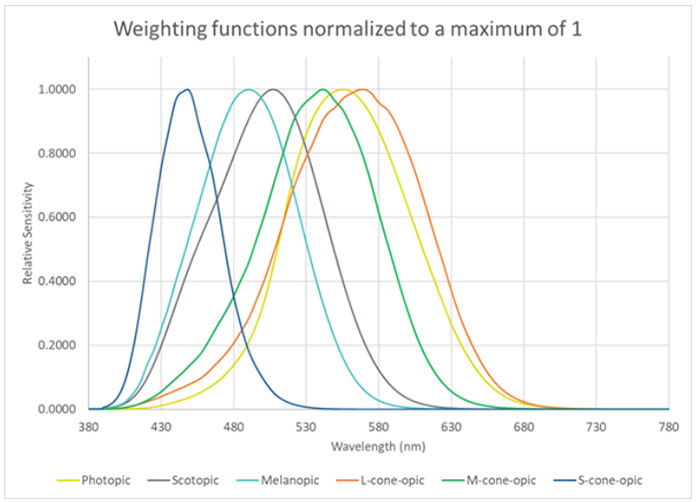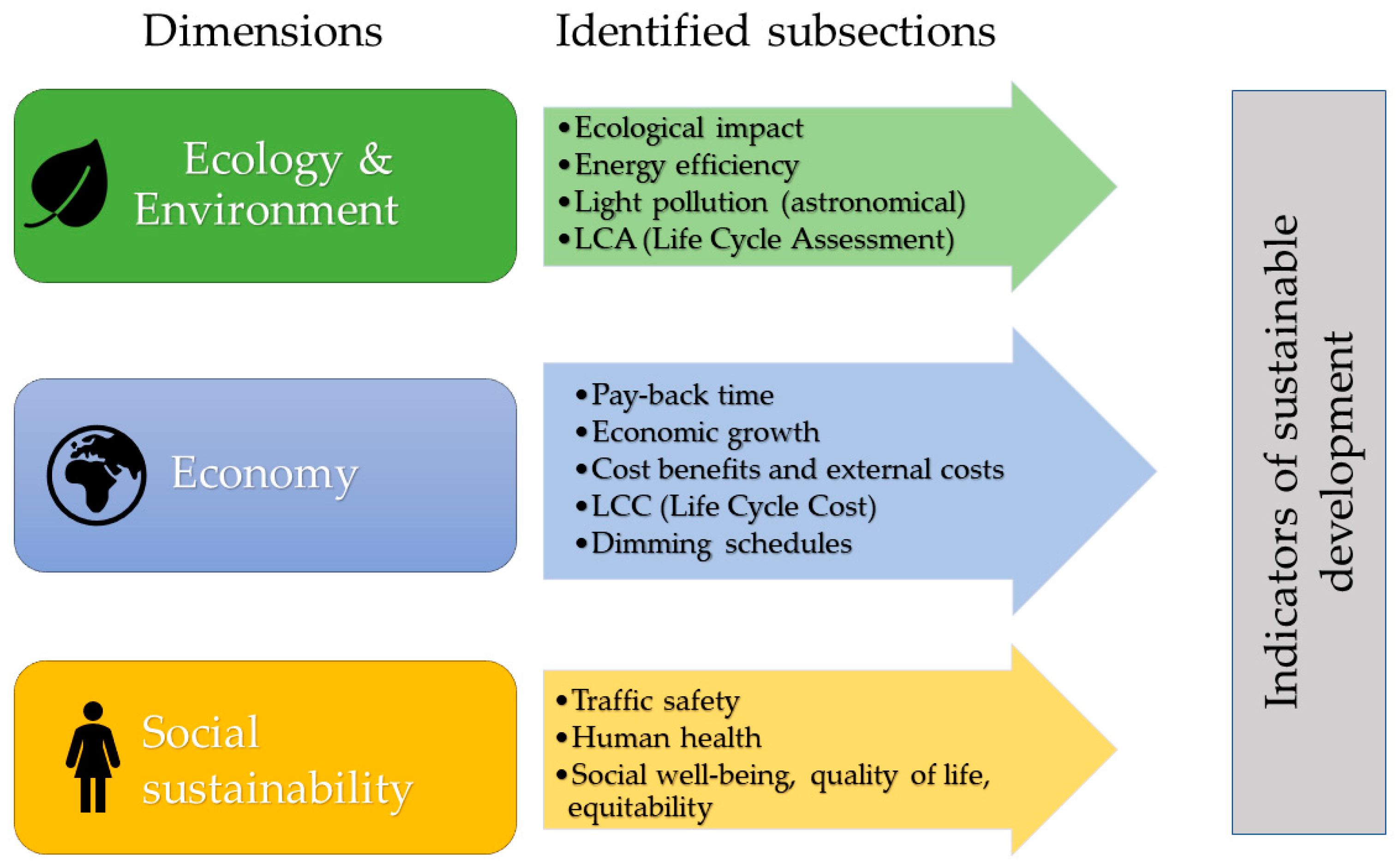Part L Exterior Lighting Efficacy

It is now a general aim to make our buildings as energy efficient as possible and therefore efficient electric lighting is required in most buildings.
Part l exterior lighting efficacy. It is the ratio of luminous flux to power measured in lumens per watt in the international system of units si. The values have risen from 50 lm w to 55 lm w and 15 lm w to 22 lm w respectively. For general lighting in other areas and display lighting efficacy is expressed in terms of lamp lumens per circuit watt. Part l of the building regulations governs the conservation of fuel and power in buildings.
What is part l. Display lighting requirements remain unchanged with a 22 lm w average needed for compliance. It s a uk building regulation issued by the secretary of state which lays down specific measures for the conservation of fuel and power. Dimmers and occupancy sensors reduce lighting energy use and are a part of all high efficacy lighting design.
The new values are 55 lm w compared with 45 lm w in the old part l. Equal to the lamp efficacy multiplied by the light output ratio of the luminaire it is expressed in lumens per watt lm w. It is important to correctly match the dimmer with the type of lighting load being dimmed. For general office and industrial lighting the basic part l luminous efficacy requirement has been increased from 55 to 60 lumens per watt.
Energy efficiency requirements for lighting are set out in the building services compliance guides where two methods of demonstrating compliance are detailed. Part l of the building regulations governs the conservation of fuel and power in buildings. Dimmers give occupants more control over their lighting allowing for the reduction of lighting and energy use when it is not needed. Display lighting requirements remain unchanged with a 22 lm w average needed for compliance.
For general office and industrial lighting the basic part l luminous efficacy requirement has been increased from 55 to 60 lumens per watt. Energy efficiency requirements for lighting are set out in the building services compliance guides where two methods of demonstrating compliance are detailed. Luminaire efficacy is the light output of an entire luminaire divided by the total power consumed by the lamps and ballasts. Luminous efficacy is a measure of how well a light source produces visible light.
Outdoor area lighting led technology is rapidly becoming competitive with high intensity discharge light sources for outdoor area lighting. So what is part l for lighting. What is part l. Depending on context the power can be either the radiant flux of the source s output or it can be the total power electric power chemical energy or others consumed by the source.


















